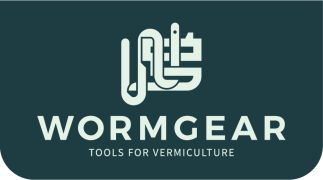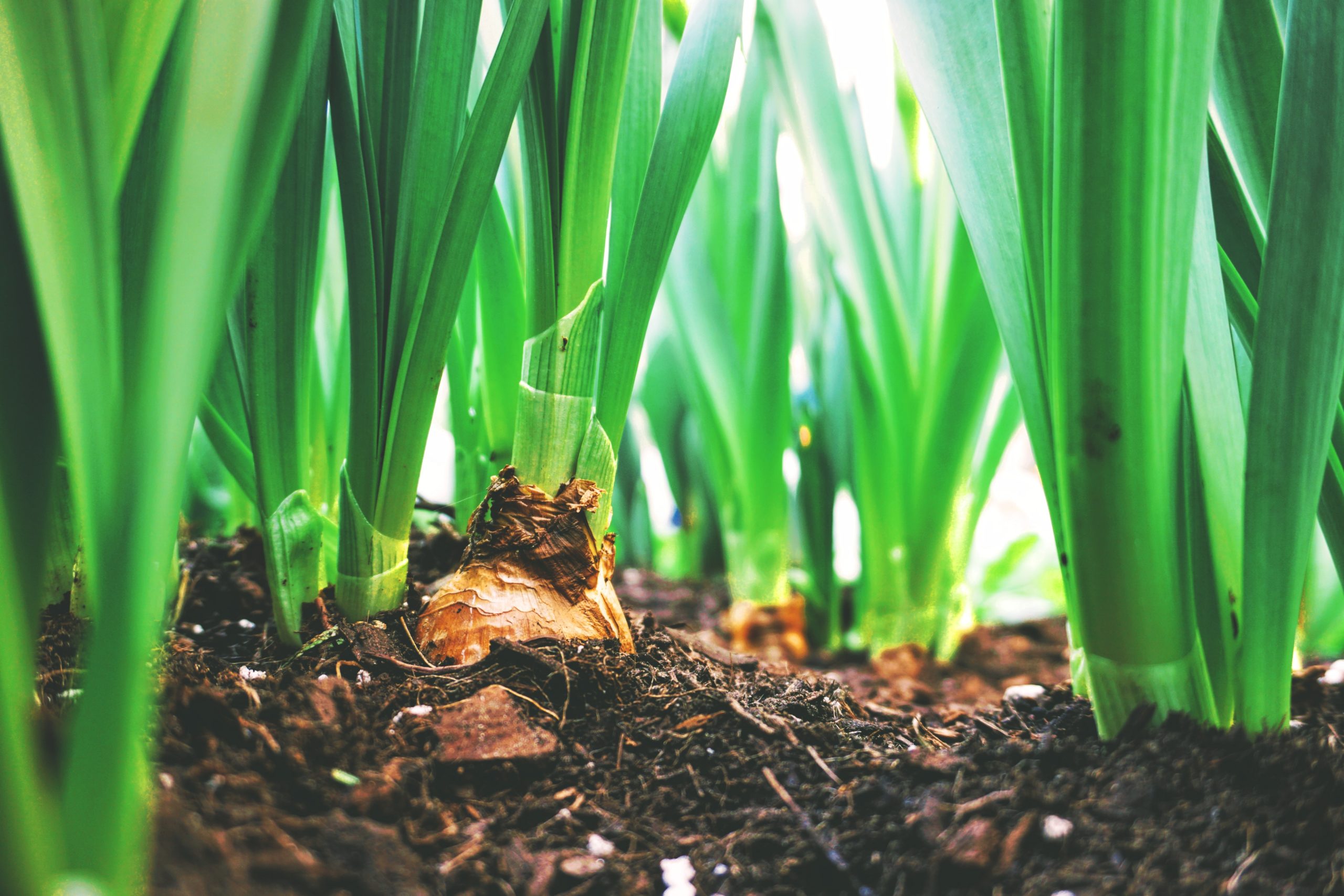So what does it take to form this self-sustaining ecosystem?
Humus
The dark organic substance that forms in soil as plants and animal matter decay is called humus. Leaves, twigs, and other vegetation fall off and begin to decompose. Animals, bugs, and worms die, leaving their decomposing remains to combine with the decaying vegetation and eventually form humus.
Humus is what holds nutrients in the soil, preventing them from washing away and making them available to plants and organisms. Its loamy composition allows water to be absorbed and to go where it is needed. Unwanted organisms that do damage to roots (i.e., some nematodes) don’t tolerate humus very well, but good organisms thrive in it. The good ones include bacteria, fungi, earthworms, arthropods and more. Humus and beneficial organisms work together to aerate the soil, promoting healthy root growth and supplying nitrogen and oxygen the organisms need to do their jobs. These organisms eventually become part of a new batch of humus and the cycle begins again.
With enough humus providing nitrogen, phosphorous, potassium, sulfur, calcium, and magnesium, at just the right levels over time, you don’t need to fertilize.
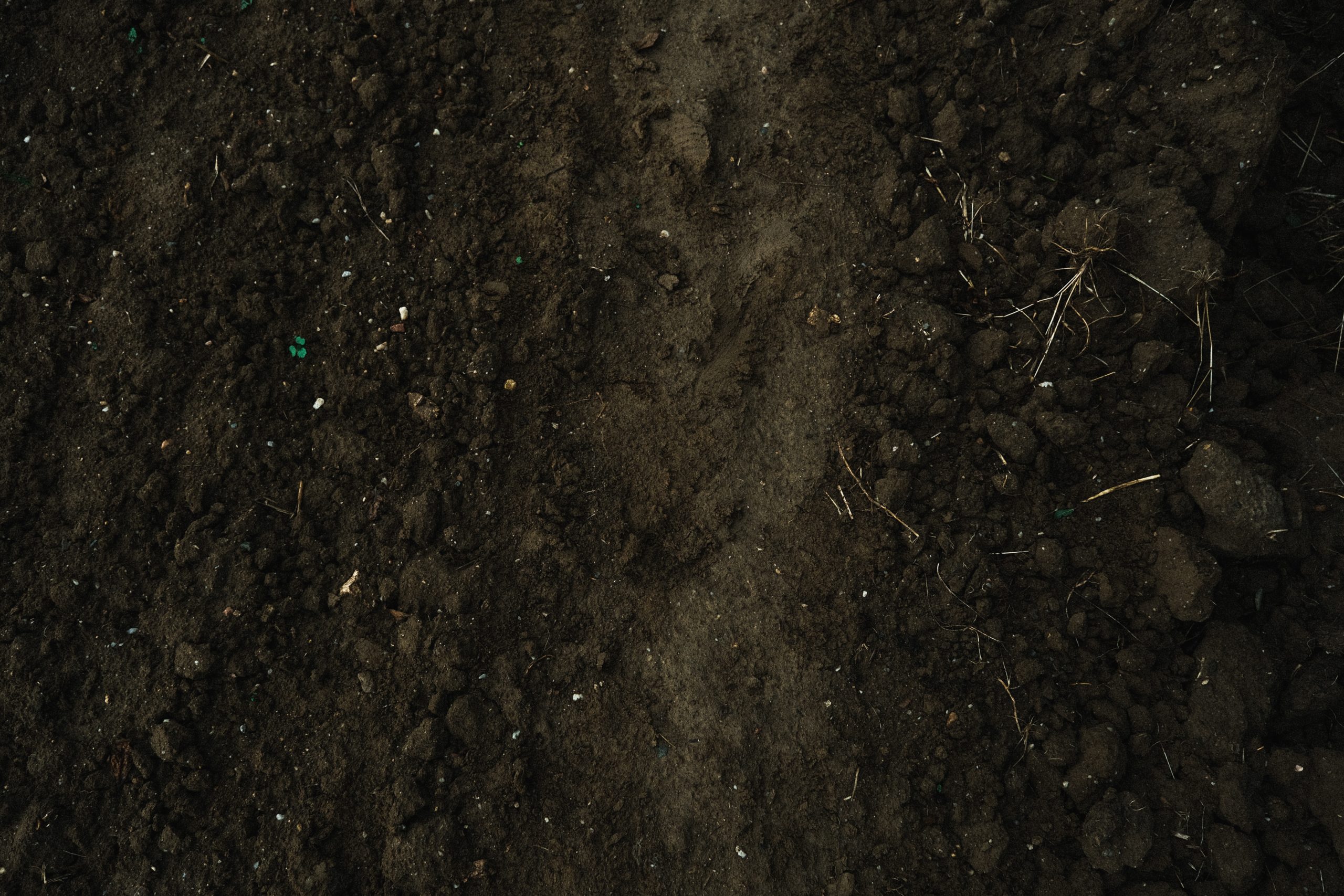
Beneficial Organisms
Organisms and microorganisms increase the availability of nutrients derived from organic matter as they consume it and produce their waste. Their diet consists of both decomposing plant matter and other organisms. They also help maintain a level of acidity in the soil that allows for sufficient mineral content while reducing the amount of toxins and other unwanted materials. Activities of these organisms also increase nitrogen content in the soil. All soil needs to develop a good population of beneficial organisms is an adequate supply of decomposing plant matter.
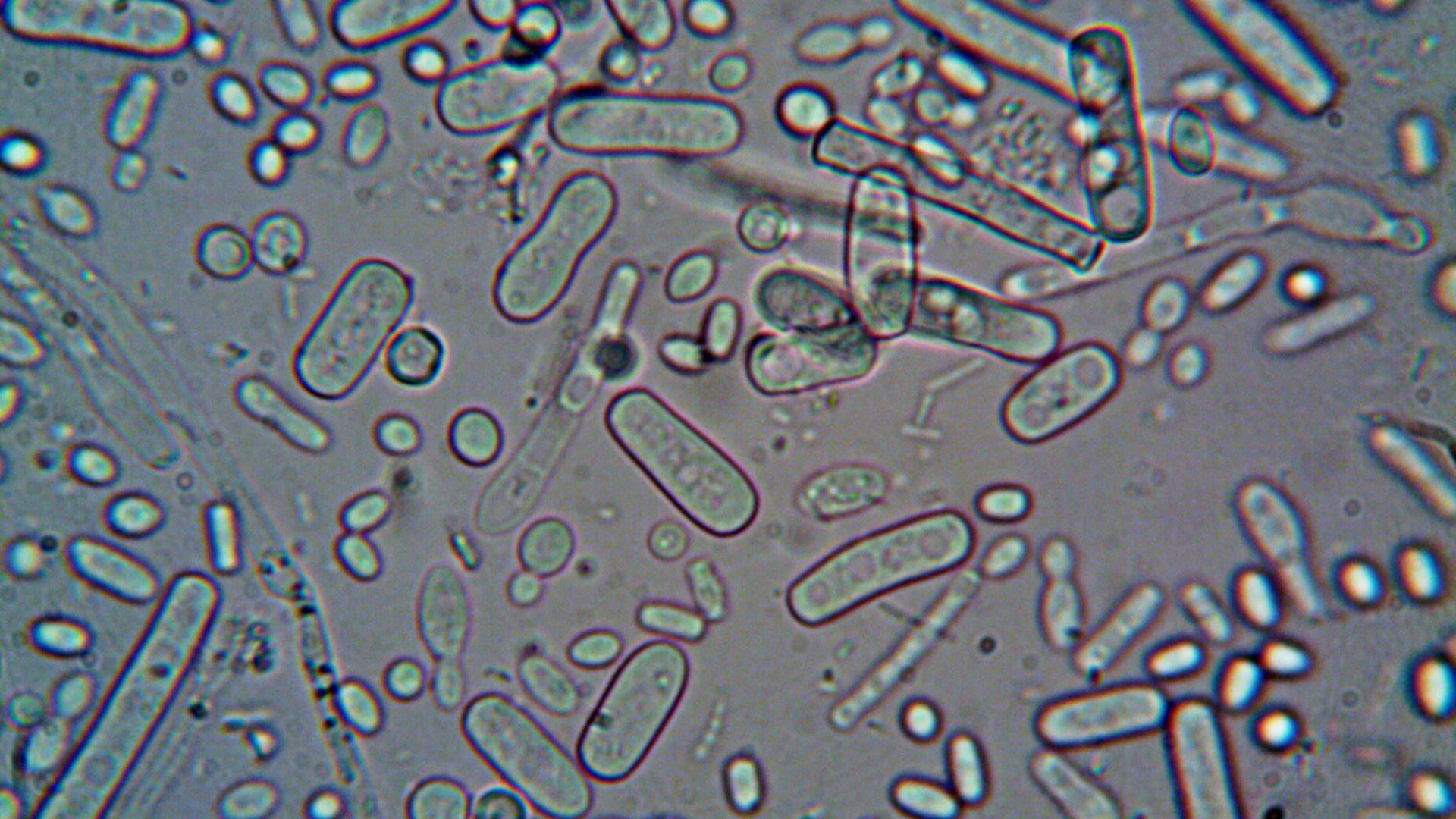
It’s a Feeding Frenzy Down There
There is a lot more going on beneath your feet than is evident. It’s a vicious world. The bacteria that grows on decaying vegetation gets eaten by amoebas, protozoa, and nematodes that have a taste for bacteria. Fungus growing on decomposing woody material get devoured by the nematodes with a fungi preference. Ironically, the nematodes that like bacteria and fungi are the favorite food of nematode-devouring nematodes. Mites like them, too, and also have protozoa in their diets. Earthworms eat fungus, algae, bacteria, amoebas, and protozoa. This is only a fraction of what’s going on down there.
Aside from contributing to soil nutrients and the eventual formation of humus, this feeding frenzy leads to a healthy balance between beneficial and harmful organisms that promotes plant growth. This complex interaction is what we call the soil food web.
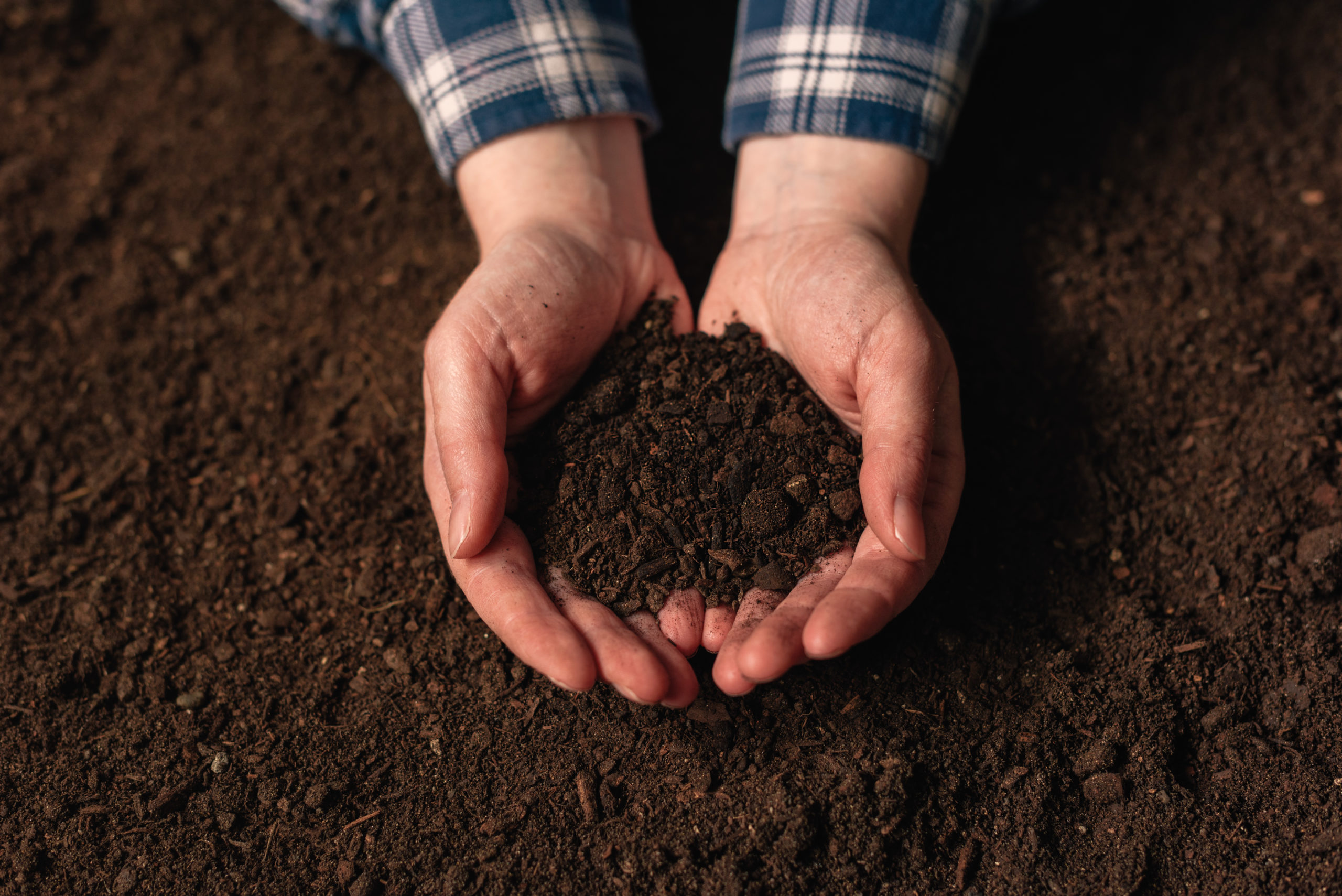
Putting It All Together
If you regularly introduce a wide variety of decomposing woody and leafy plant materials into your soil and avoid the use of chemicals that interfere with the process, your soil will develop a renewable ecosystem of its own. Beneficial organisms will move in, have what they need to thrive, and produce more nutrients while making existing nutrients more accessible. Humus will form. Harmful organisms and diseases will decline over time. The root of organic gardening is allowing the fertilizer to develop naturally and cyclically.

